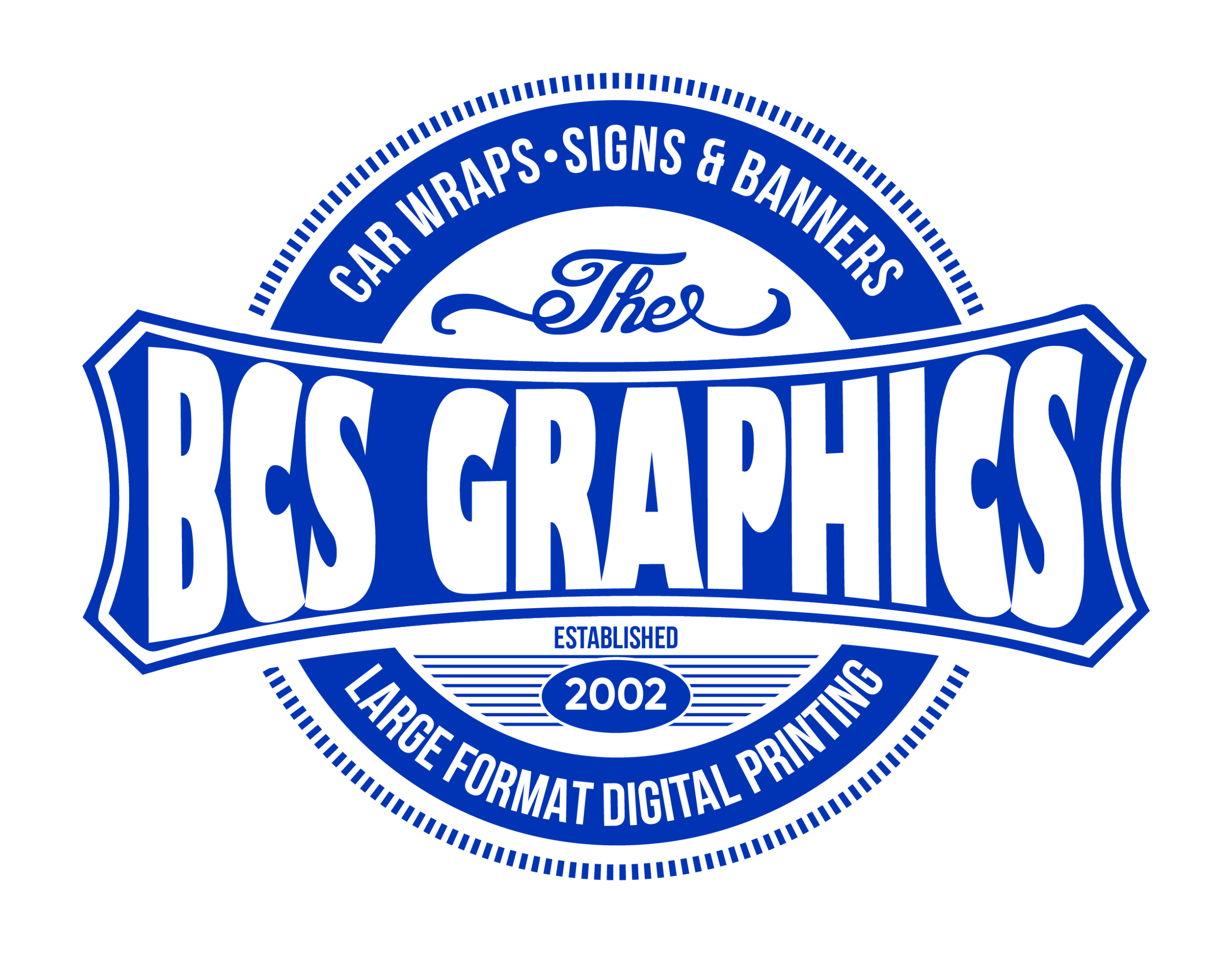05. 15. 2024
Is Your Business Card Hurting Your Brand’s First Impression?

Your business card is often the first tiny billboard people see for your company. It moves from your hand to a wallet, a desk, or the trash in seconds, deciding whether someone returns your call or forgets your name. Ink weight, finish, and even font size whisper clues about your care for detail. A flimsy card suggests shortcuts, while a clean, sturdy card promises reliability. Because customers form judgments in under seven seconds, that quick feel of paper stock can carry as much weight as the handshake that comes with it. If a rushed, cluttered design dominates your card, you risk telling prospects that your service is just as disordered. Let’s break down how you can stop that silent sabotage and turn a humble rectangle into a silent sales agent.
First Glance: Why Cards Still Matter Today
A LinkedIn connection request lands in a crowded inbox, but a card sits on a table where eyes keep drifting back. That tactile memory still works in 2025. Psychologists call it the “haptic memory bump,” where touch anchors a brand longer than screen pixels. PrintWeek reports that 72 percent of small-business owners close at least one deal yearly that began with a card exchange. So while QR codes and NFC tags are great add-ons, they don’t replace the feel of 350-gsm stock.
- Instant recall: Thick paper stands out, making your name easy to retrieve later.
- Trust trigger: Quality print shows you invest in details, hinting at reliable service.
- Portable ad: A card travels through networks, spreading your logo where you’re not present.
Remember, though, the first look must be clean. Avoid clutter, stick to a single brand color family, and leave room around your logo. White space is breathing space.
Poor Design Signals Problems Before You Even Speak
Your brand colors may shine on a screen, yet look muddy on cheap paper. That mismatch tells prospects you didn’t test your assets. Font errors, misaligned icons, and crowded borders scream “unfinished business.” A 2023 Small Business Trends survey found 55 percent of shoppers judge company credibility by business-card quality. Here’s what sends the wrong message:
- Multiple font families that fight for attention
- Low-resolution logos leave jagged edges
- Busy backs stuffed with every service you offer
- Laminates that glare, hiding your phone number in certain light
Sharpen each element instead. Choose a single, legible typeface with two weight variations. Keep your value statement tight—think five words, not a paragraph. Most importantly, line elements to an invisible grid so nothing hangs awkwardly. This subtle order assures clients that you deliver the ordered results.
Technical Specs That Influence Printing Quality Fast
Good design fails if technical settings are wrong at press time. Before sending any file, double-check these key specs:
- Color mode: Use CMYK, not RGB, to match screen hues with ink output.
- Safety and bleed: Add 3 mm bleed to every side and keep text 4 mm inside the trim line to avoid accidental cropping.
- Resolution: Export artwork at 300 dpi for crisp edges.
- Paper weight: 300–400 gsm offset paper feels solid without becoming a brick in pockets.
- Finish options: Matte coating controls glare; soft-touch coatings add grip and resist fingerprints.
Printers also request PDF/X-1a files because they lock fonts and images while flattening transparency. Skip this step and risk missing glyphs or ghost boxes around logos. A quick preflight in Adobe Acrobat or Affinity Publisher flags problems before they cost you money.
Step-by-Step Layout For Memorably Strong Card Design
Building a card that sticks in minds follows a clear path:
- Define purpose: Decide if you need a standard contact card, appointment card, or promo coupon.
- Build a grid: Draw a simple two-column, four-row grid to guide element spacing.
- Place the logo: Center top or corner; ensure it covers no more than 20 percent of the face.
- Select typography: Pick one font; use bold for your name and regular for details.
- Add contact icons: Simple phone, mail, and social icons help eyes scan faster.
- Check alignment: Use software rulers; nothing should float off-axis.
- Test contrast: Print a laser-proof; if gray text sinks into the background, boost contrast by 20 percent.
- Export correctly: Embed fonts, set them to CMYK, and include the bleed.
Following this checklist slashes the chance of last-minute fixes and guarantees every print run looks the same.
Cost-Effective Upgrades That Boost Perceived Value Quickly
You don’t need gold foil to make a statement. Small tweaks raise quality without draining budgets:
- Duplex cards: Bond two thinner sheets for a thick feel at half the price of luxury paper.
- Spot UV accents: Apply clear varnish on logos; it costs pennies yet catches light and eyes.
- Rounded corners: Prevent edge wear and create a friendlier look, which is thought to increase retention by 15 percent, according to Print Industry News.
- Colored seams: A thin streak of brand color sandwiched between layered stock sparks conversation as soon as clients flip the card.
Keep upgrades purposeful. A bright edge stripe is fun, but if it distracts from your call-to-action, skip it. Always weigh each extra against readability.
Common Mistakes And How To Avoid Them
Even experienced marketers fall into these traps:
- The font is too small: Anything under 8 pt strains the eyes. Aim for 9–10 pt body text.
- Gloss on dark ink: Dark backgrounds + high gloss = mirror glare. Choose satin if you must keep the shine.
- Ignoring white space: Filling every corner shouts desperation. Leave at least 40 percent clear area around text blocks.
- Wrong hierarchy: Your name is primary; phone and email follow; slogans trail last.
Prevent errors with a three-step review: print a gray-scale proof to test light/dark balance, show it to someone outside your team for fresh eyes, and check important numbers twice. A single digit off in your phone number equals lost leads.
Measuring Impact: From Handshake To Website Click
A card’s job doesn’t end in a pocket. Track its journey and measure return:
- Unique URL or QR code directs prospects to a landing page only displayed on your card.
- Coupon codes printed small under contact info reveal which leads convert.
- Survey follow-ups ask new customers where they heard about you; tally “business card” responses monthly.
According to Marketing Charts, firms that track card-driven traffic see an 18 percent lift in follow-up engagement, because data reveals which designs work and which need tweaks. Use A/B testing: print two layout variants, give each batch to different reps, and compare lead quality after six weeks. Numbers tell a clearer story than gut feelings.
Conclusion
Your card is a simple tool, yet small details decide whether it opens doors or closes them quickly. Paper weight, color accuracy, and clear layout shape the first silent conversation about your brand. Refine them, and the rectangle in your wallet becomes a mini-billboard that works harder than many digital ads. If you’re ready to upgrade yours, the design team at BCS Graphics turns smart specs into bold identity assets—ensuring every hand-off places your best story front and center.
Social Share:


No Comment Yet! You can post first response comment.